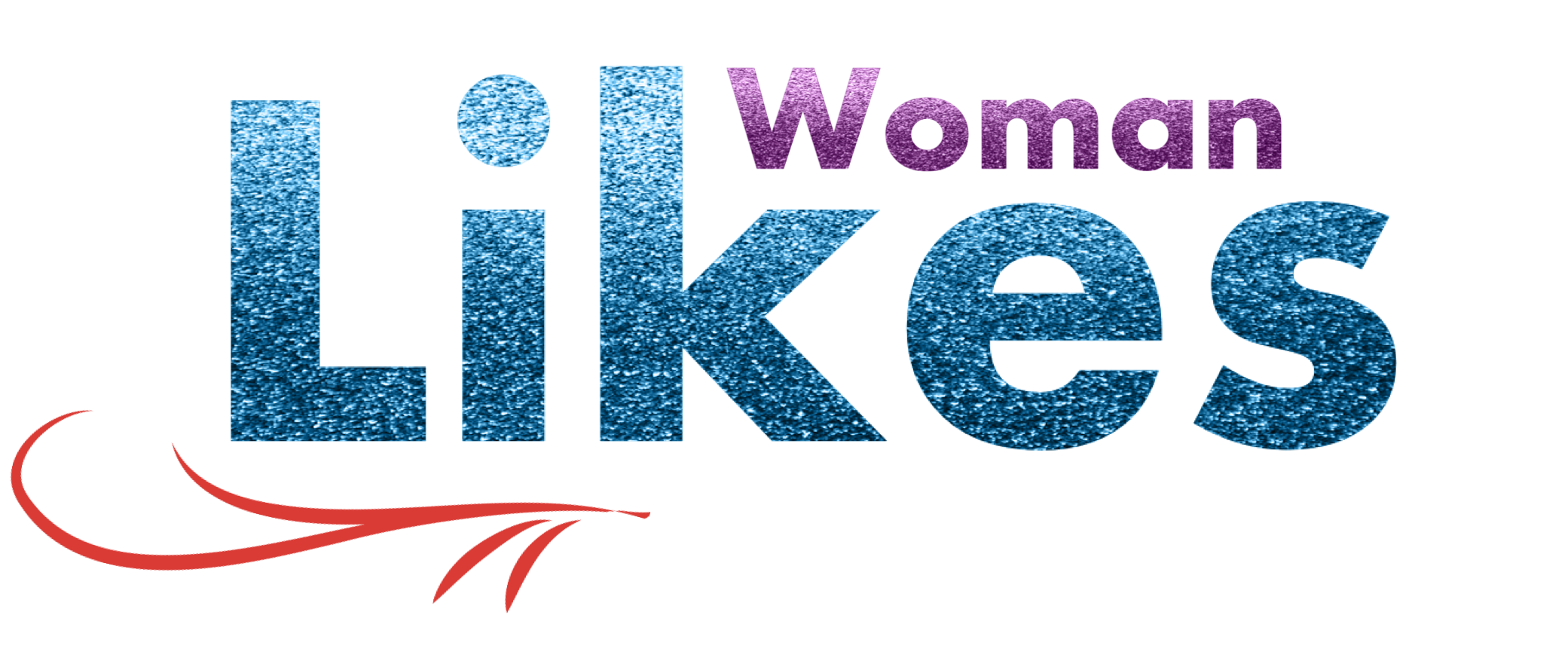
While the term “woman” is often used to mean an adult female human being, it is also an appropriate shorthand for femininity and social status. Unlike “woman” as an identity, the term “woman” is also used to denote an imagined community that honors females and enacts the feminine. Its use transcends the limitations of a sexist society. This article will explore the differences between the terms “woman” and “girl.”
Woman is an adult female human being
There are a number of different definitions of woman, including the biological and social ones, as well as the idea that woman is a part of the human race. The term ‘woman’ has different connotations and is often used in opposition to its homonym, man. This article explores these two definitions and shows that they do not necessarily conflict with each other. Listed below are some of the most common definitions of woman.
The word woman refers to an adult female human being. Previously, female was used to refer to a female human being, as well as a plant. This term has become more neutral because it is often used in contrast to its male counterpart. Today, however, it is widely used to describe a feminine human being in a non-disparaging context. Some cultures even refer to women as lady, which is a more formal and refined way of referring to a female human being.
“Girl” is usually meant to signify “young woman”
In the Oxford English Dictionary, “woman” refers to a mature, adult female human being. “Girl” is generally used to denote a young woman. While the word is often misused, its correct meaning is clear. Using a different term can be both offensive and inappropriate. So, when using the word “girl,” be sure to use a more appropriate term.
In Western cultures, the word “girl” is often used to describe a young woman, as opposed to a young woman. In other languages, however, the word can refer to a young woman in a similar manner to the English term “maid.”
It is not based on reproductive biology
Reproductive biology is an area of science that focuses on understanding the extraordinary diversity of organisms’ reproductive systems and how they work. Sexual reproduction is a relatively new development that emerged from bacterial infection, not from the desire to produce progeny in a novel way. Although heterosexuality is a more successful form of reproduction, it is not based on reproductive biology. In fact, heterosexuality is a fortuitous coincidental feature of sexuality. It is not based on moral superiority or biology, but on the fact that all gender forms share a cell-physiological basis.
It is not a biological trait
Gender has been a source of much debate, with some scientists questioning its origins. Some researchers say that gender is not determined by genetics, while others say that it is a result of social structures. For instance, men and women share 23 chromosomes, but a woman has two sets of X chromosomes while a man has one Y chromosome. A woman’s ovary produces more estrogen than a man’s, and the latter has 72 genes. The sex hormones in men and women are different in both amount and effect, but they are largely dependent on one gene.
It is not a cultural construct
There are many ways to recognize the genders other than the binary one. There are cultures and religions that recognize different genders. For example, many Asian cultures recognise the presence of a “third gender.”
It is a symbol of progress
Women have long been symbols of progress and equality. The abolitionist Frederick Douglass famously said that there is no progress without struggle. In the United States, 110 women of color were elected to the U.S. Congress in the recent midterm elections. Although the results were affected by President Donald Trump, women of color and First Nations people are making strides. In fact, women now make up 50% of the board of directors of major corporations.







